Please take this Quick Survey on Soybean Management Effects on Yield and Quality.
436 articles tagged "Agronomy Tips".
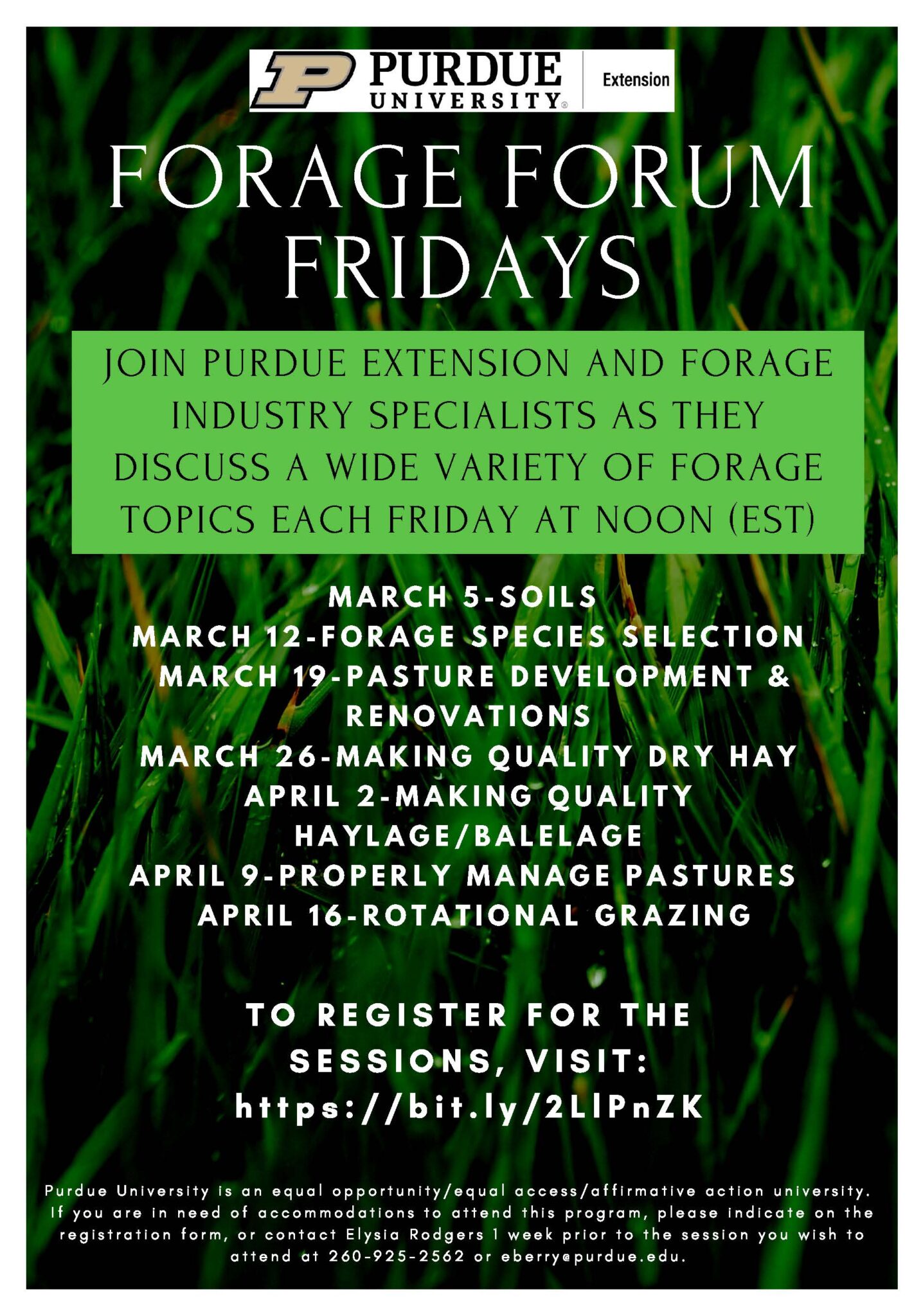
Purdue Extension and the Indiana Forage Council are planning two forage education events that will be a great opportunity to expand your knowledge about managing forages.
The Federal Aviation Administration (FAA) announced final rules in December 2020 for Unmanned Aircraft Systems (UAS), aka drones, that will potentially impact many Part 107 certificate holders in the coming years.
A recent article1 in Progressive Farmer over viewed research showing yield reductions attributed to potash (0-0-60, KCl or MOP) applications in corn (North Dakota) and soybean (Minnesota and Indiana).

Have a forage resource without livestock?
Purdue Extension Corn Specialist Bob Nielsen and Soybean Specialist Shaun Casteel are back on another episode of the Purdue Crop Chat podcast.
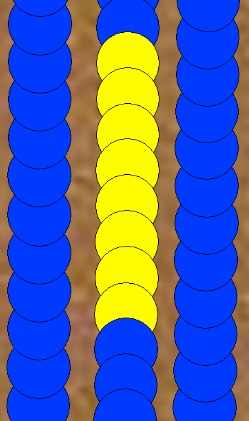
While we often focus on the importance of yield monitor calibration relative to logging accurate yield estimates during grain harvest, there are other yield monitor settings that can inadvertently influence yield estimates.
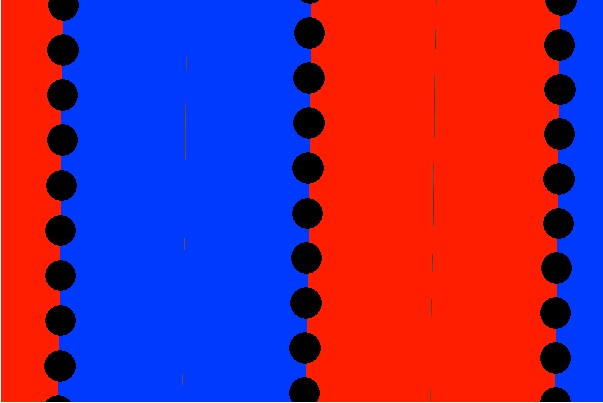
Geo-positional inaccuracies in DGPS signals affect the accuracy of yield monitor data in various ways.

Switchgrass (Panicum virgatum L.) is a native perennial warm-season grass that is adapted as many ecotypes across North America.
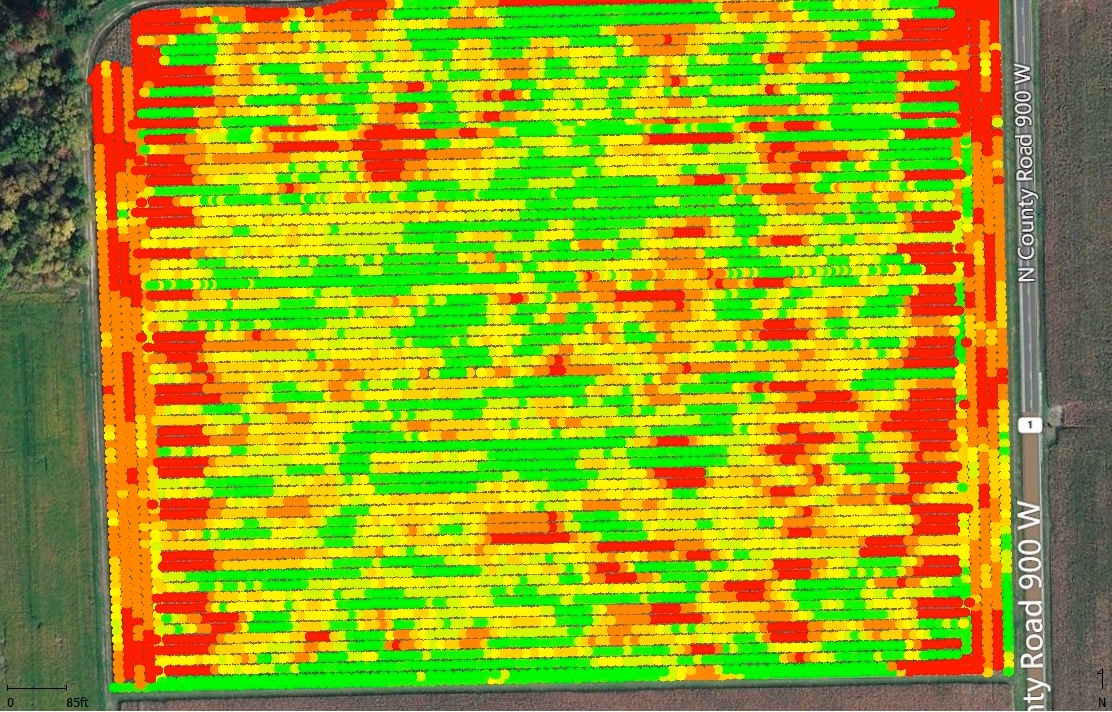
Even if grain yield monitor calibration, adjustments, and operation are faithfully conducted (Luck & Fulton, 2014; Nielsen, 2020c), the resulting yield data sets almost always require some post-harvest processing and “cleaning” procedures to rid the data set of anomalies and “gremlins” (Luck et al., 2015; Nielsen, 2020a; Nielsen, 2020b).


